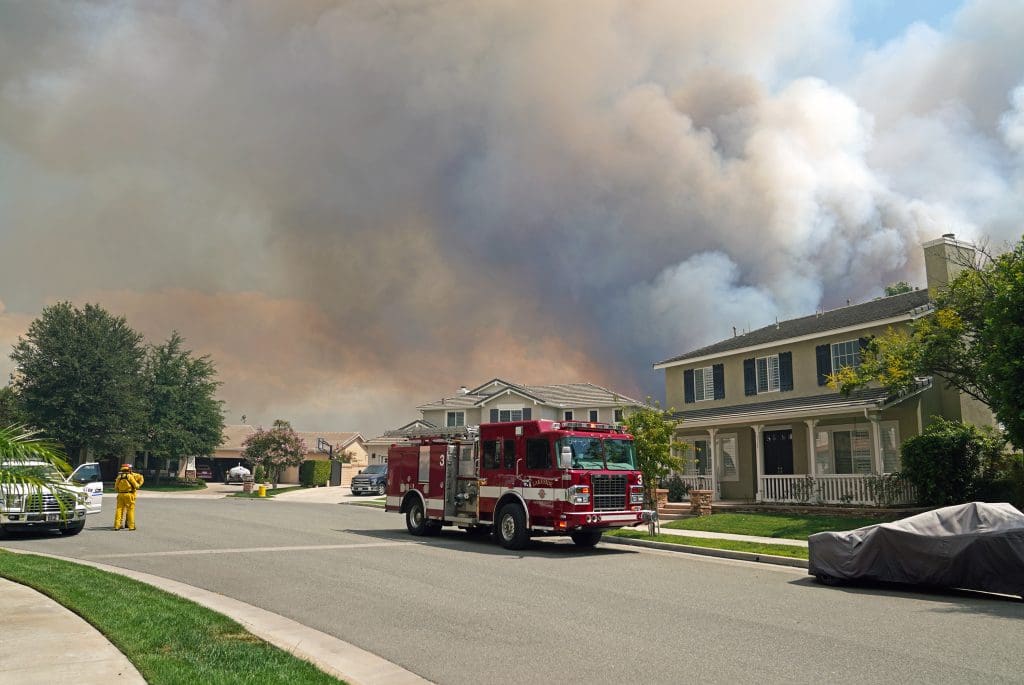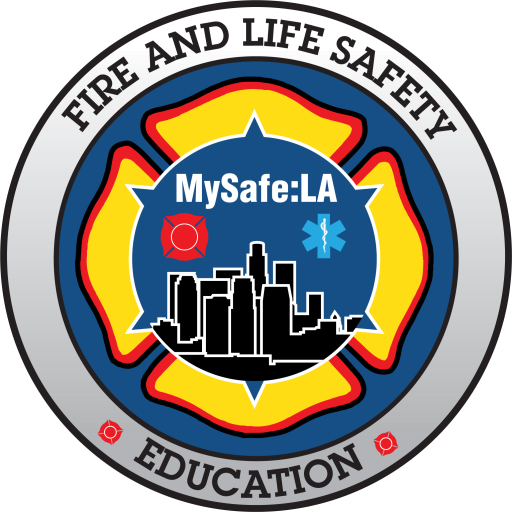Let's GO!
When a wildfire threatens, it’s time to take action. When the evacuation order is given, GO! But be prepared for a shelter-in-place order as well. Both require knowledge, preparation, and practice.
Before you evacuate
Use your evacuation list, and check it twice to make sure you have everything you need packed and ready to go.
Next Steps
Where to go
Your destination is a safe, low-risk area. That could mean driving for a while. Consider an evacuation center, friend’s home, or hotel, as long as it is far from harm’s way.
How to get there
Your evacuation routes are part of your preparation. Know all the ways out of your neighborhood. Using GPS maps on your smartphone only works if mobile service hasn’t been impacted. If it has, make sure you have an old-fashioned paper map stored in the car and in your GO bag.
What to take
Your GO bag and your emergency supply kit are part of your ready plans, assembled LONG before a wildfire threatens. Each person (and pet!) should have their own GO bag. Bring your pets’ travel crates.
What to wear
Proper clothing when you evacuate is essential to your safety.
- Long pants
- Long sleeved shirt
- Sturdy shoes like hiking boots
- Hat
- N95 mask (a bandana will do in a pinch)
- Eye protection (goggles or safety glasses)
Don't Wait. GO!

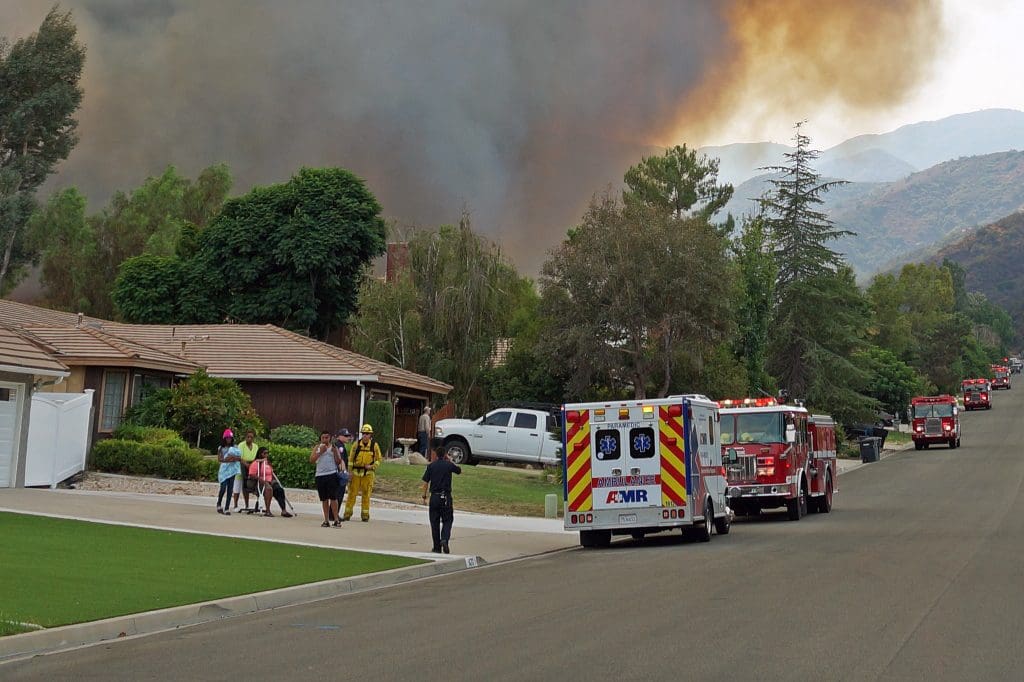
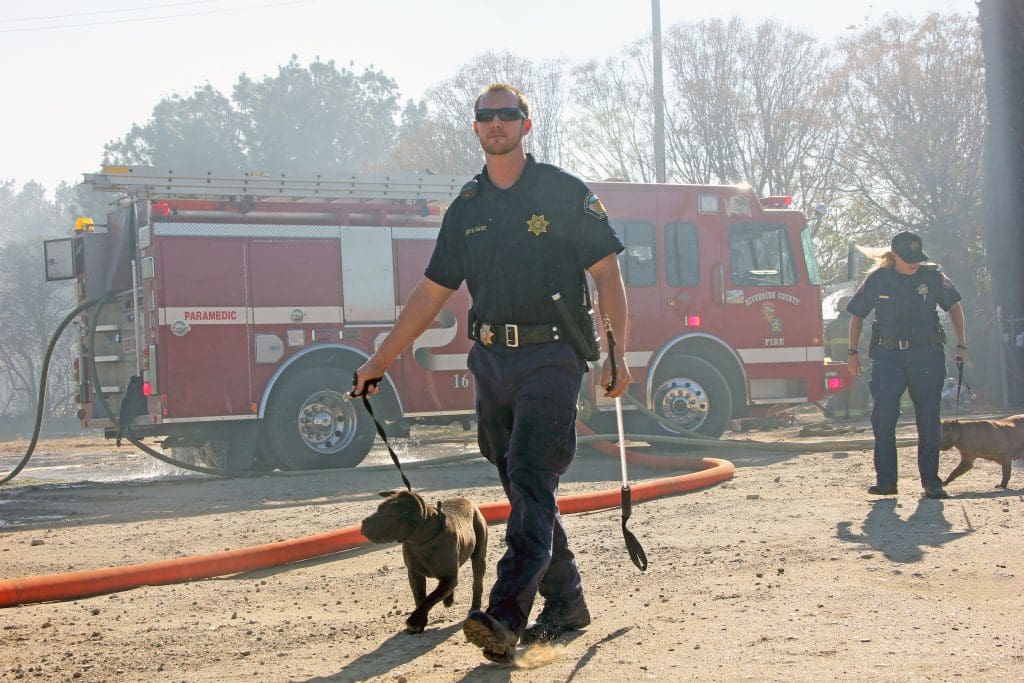
How do evacuations work?
- Fire officials will map where a wildfire is burning, as well as where it is headed. They will try to predict where it will be in the coming hours and days.
- Based on fire behavior, fire and law officials will determine if an area needs to be evacuated. It may be a single street or an entire neighborhood.
- Although fire officials will determine where and when evacuations should occur, local law enforcement is typically responsible for enforcing the evacuation order. If you see police vehicles on your street, it’s likely an evacuation order is underway.
- Fire officials will want to provide you with as much time as possible, but it’s up to you to stay aware of the changing situation near your home.
- In Riverside County, both “voluntary” and “mandatory” evacuation terms are used to describe evacuation orders. These terms (and others) relate to the time period, and the level of risk to life and property.
- “Fire roads” are for emergency responders, NOT for residents (unless so directed by fire or law officials).
P.A.C.E yourself!
In an evacuation, remember the acronym P.A.C.E.
P
Primary
The primary road you use to leave your neighborhood
A
Alternative
C
Contingency
Off-the-beaten-path options for exiting your neighborhood. Think fire roads, or trails.
E
Emergency
If there is no time to escape, think of a place to immediately take shelter.
Remember!
Drive carefully
- Turn on your headlights
- If you can’t see through smoke, don’t drive through it.
- Always yield the right of way to emergency vehicles. PULL TO THE RIGHT!
- Keep your windows rolled up.
- Turn on the air conditioner – this will help filter and recycle air
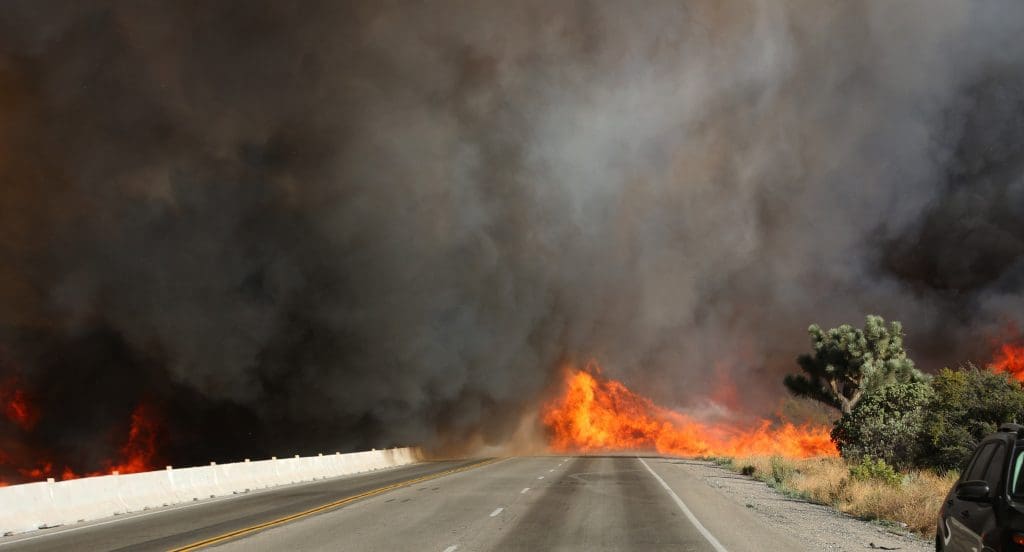
If you become trapped...
In your home
- Stay calm – keep your family and pets together
- Call 911 if you are able – tell them your situation
- Fill sinks and tubs with water – and have buckets of water handy
- Keep doors and windows closed, but unlocked
- Place wet towels in the crack below doors
- Stay away from the exterior walls and windows of your home
In your vehicle
- Stay calm – try to park away from deeper vegetation, or the middle of the road
- Call 911 if you are able – tell them your situation
- Keep all vehicle doors and windows closed
- Use your bandana or mask to protect your nose and mouth
- Cover yourself with a wool blanket or jacket
- Lie on the floor of the vehicle if the flames are approaching
On foot
- Stay calm – try to find a ditch or a depression in the ground
- Call 911 if you are able – tell them your situation
- Use your bandana or mask to protect your nose and mouth
- Cover yourself with a wool blanket or jacket
- Use your smartphone’s “rescue me” feature if it has one
- Learn what TRA means and how to take advantage, if required
TRA
These are areas to go to if you have evacuated your home, but can’t get out of the way of the approaching fire. A good TRA will likely be the lowest point (elevation) in your area. A gully next to a road is one good example. Fire and heat tend to move uphill, away from low lying areas. And wildfires move quickly, so you are unlikely to need to use a TRA for long. Use the “On Foot” options listed on this page. Note that firefighters always identify a possible TRA before deploying to a specific area to fight wildfires or defend structures.
Sheltering In Place (SIP)
In some situations, it may be safer for you to shelter in place. This is NOT a decision you should make on your own! Sheltering in place has been successfully implemented in Australia and the United States in large-scale wildfires. To be successful, the homes in the community must be at least reasonably protected from the firefront. Hardened homes are more likely to have this protection.
Only fire officials can tell you if sheltering in place is the best strategy. Your primary objective is to get out of harm’s way. That’s why we suggest that you evacuate early. Once you’re out of the area, you and your family will be safe. You can replace your home and the items in it, but you can’t replace your life. GO!
